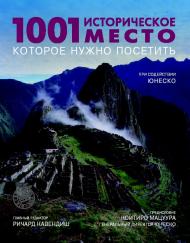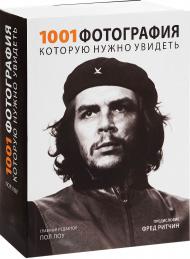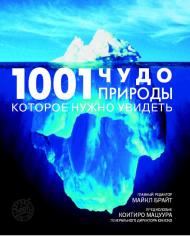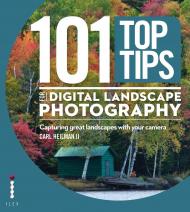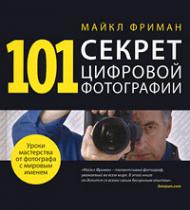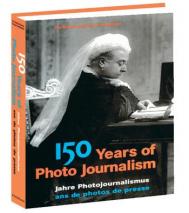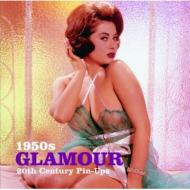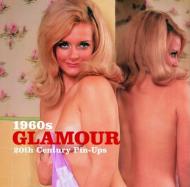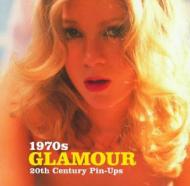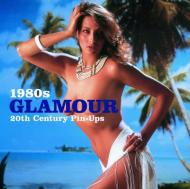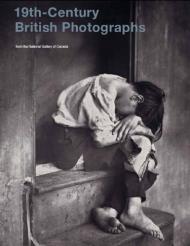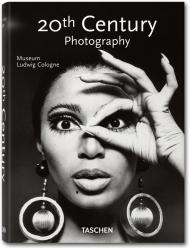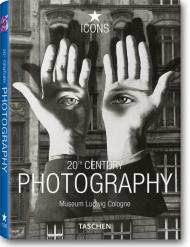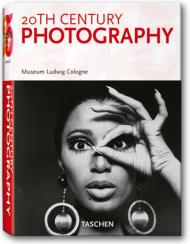Этот прекрасный, наглядный путеводитель снабдит вас полным собранием описаний важнейших исторических мест мира. Вместе с главным редактором Ричардом Кавендишем и его командой экспертов, вы совершите увлекательное путешествие по земному шару от мест, где сохраняется наследие Древнего мира, такое как Великая Китайская стена и пирамиды Египта, до мемориалов, отмечающих важные события, произошедшие в XX веке. Разнообразие мест, которые вы «посетите» с помощью книги, огромно, этот путь пронизывает тысячелетия истории – от «колыбели человечества» – пещер Стеркфонтейн в Южной Африке, до символа Холодной войны – контрольно-пропускного пункта «Чарли» в Берлине.
Организованную по географическому принципу и содержащую более 800 цветных фотографий книгу «1001 историческое место, которое нужно посетить» приятно рассматривать и интересно читать. На ее страницах вы найдете описание образцов инженерного искусства прошлого и настоящего – виадуков, мостов,кораблей, мест религиозного поклонения, таких как Стена плача в Иерусалиме и базилика Св. Павла в Риме, резиденций представителей верховной власти, от Версаля до Белого дома и Кремля, и главных полей сражений, от Геттисберга до Соммы. Всемирно известные места находятся здесь рядом с забытыми уголками, которые сохраняют следы важнейших исторических событий.
Вы держите в руках полный путеводитель по самым впечатляющим и важным в культурном отношении местам нашей планеты.
Какое из них вы посетите первым?
Другие книги серии:
1001 вино, которое нужно попробовать
1001 еда, которую нужно попробовать
1001 альбом, который нужно услышать
1001 книга, которую нужно прочитать
1001 фильм, который Вы должны посмотреть
1001 чудо природы, которое нужно увидеть
1001 здание которое нужно увидеть
